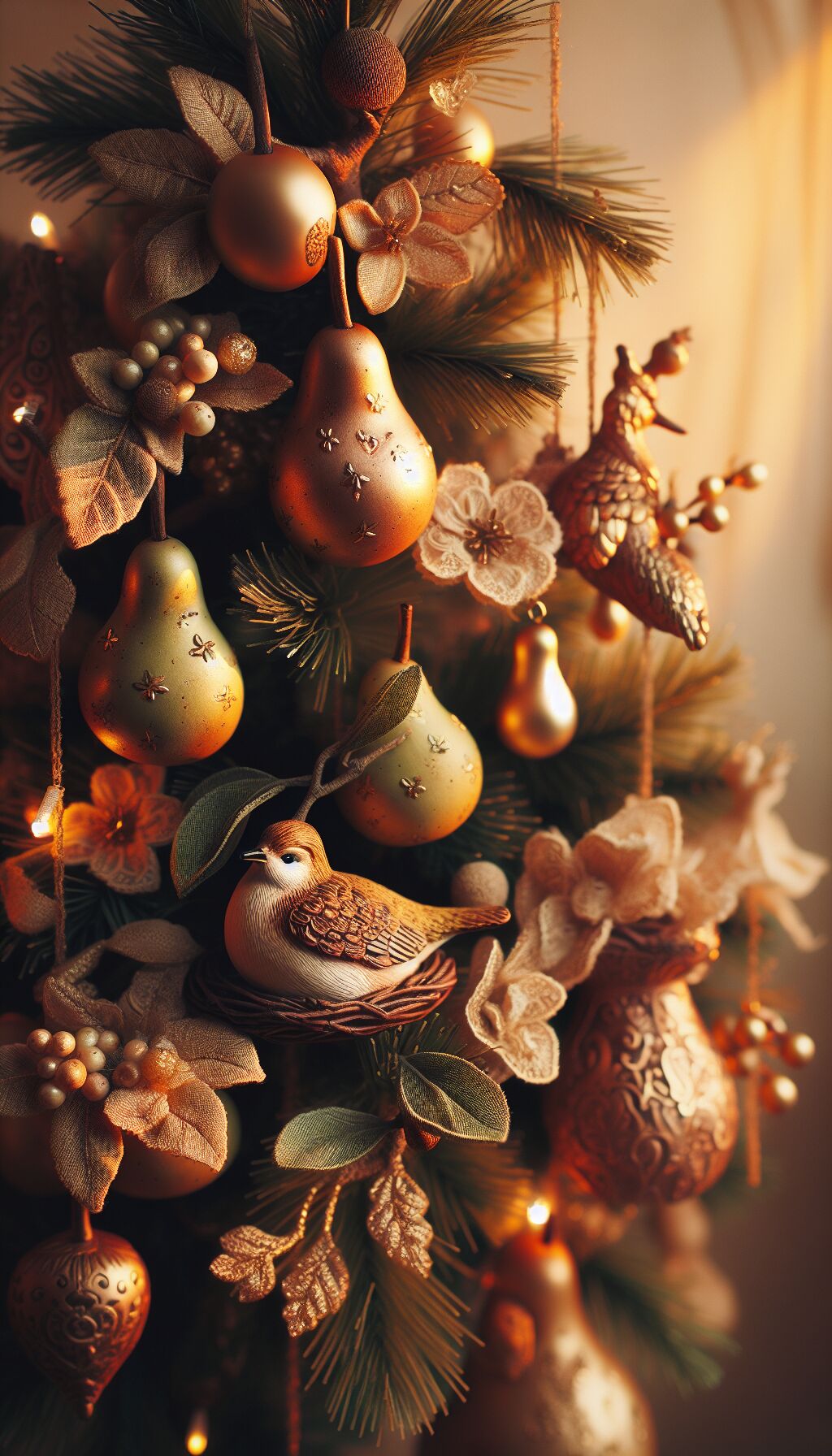The Twelve Days of Christmas: A Costly Tradition in an Inflationary World
The beloved English carol “The Twelve Days of Christmas” has cemented itself as a holiday classic, enchanting audiences for centuries with its catchy melody and whimsical lyrics. From its traditional roots to its playful parodies—like Bob Rivers’ “Twelve Pains of Christmas”—this carol continues to bring joy to the festive season.
Interestingly, the song has also morphed into a lighthearted tool for analyzing economic trends, specifically year-over-year inflation. In recent years, institutions like PNC Bank have leveraged the carol to track the escalating costs of each of its unique gifts, ranging from “Twelve Drummers Drumming” to a solitary “Partridge in a Pear Tree.” This holiday season, PNC’s Christmas Price Index reveals that the total cost of these gifts has risen, reflecting broader economic trends.
The PNC Christmas Price Index: A Measure of Inflation
According to PNC’s Christmas Price Index, the overall cost of the gifts associated with the song has increased by 5.4% since the previous year, now totaling just under ,000. This increase offers a striking contrast to the nostalgic whimsy of the song itself. Moreover, inflation appears to vary across different states, with companies like Swyft Filings noting significant price differences influenced by local taxes and regulations. For instance, California, Hawaii, and Washington rank as the most expensive states for these gifts, while Arkansas, Mississippi, and Alabama find themselves at the lower end of the scale.
Cost Breakdown: Gifts of the Twelve Days
Taking a closer look at the costs associated with each day of the carol provides a glimpse into how inflation affects even the most cherished holiday traditions. Below is a detailed breakdown of the expenses from the 12th day down to the first:
12 Drummers Drumming
The cost of hiring a twelve-piece drum corps is estimated at ,017, reflecting a steep 15.6% increase from the previous year. With the average drummer charging between 0 to 0 for a two-hour performance, the total expense—considering gratuities—could hover around ,500.
11 Pipers Piping
Much like their drumming counterparts, pipers also saw their costs rise, with PNC estimating 11 pipers to cost about ,715, an increase of 15.6%. Their hiring rates align closely with drummers, contributing to a substantial overall expense based on group performances.
10 Lords-a-Leaping
In a lighthearted tip to the British political landscape, PNC estimated the cost for “10 lords-a-leaping” at a hefty ,579.65, making it the most expensive gift in the song. This figure marks a 7.2% increase from the prior year and illuminates how public corruption and an elite status can draw high economic values even in jest.
9 Ladies Dancing
Hiring a professional dance troupe for entertainment is projected to cost about ,557—a 3% increase over the past year. With average performance rates ranging from 0 to 0 for 30-minute slots, the modern interpretation of this gift highlights inflation’s pervasive impact on the arts.
8 Maids-a-Milking
Prices for milk continue to rise, with the Federal Reserve Bank of St. Louis reporting averages of about .14 per gallon. Consequently, the cost for eight milkmaids remains unchanged at about , reflecting the volatile commodity prices associated with agricultural goods.
7 Swans-a-Swimming
The extravagant cost of swans comes in at over ,000, with no increase since last year, as regional prices can range from 0 to ,500 per bird. Swans have become emblematic of both beauty and luxury, and their high price reflects this status.
6 Geese-a-Laying
The cost of six geese varies, with figures reaching around 0—up 15% from previous calculations. This figure encompasses the costs of live geese as well as those intended for consumption, revealing differences in demand versus supply.
5 Gold Rings
Gold prices remain robust, and PNC estimates the cost of five gold rings at ,245. Current trends show that prices fluctuate considerably based on carats and market values, making this gift potentially the most volatile in terms of cost.
4 Calling Birds
Whether “calling” or “colly,” the debate surrounding the name changes little about the cost. PNC estimates four calling birds at just under 0, consistent with pricing in prior years and revealing stability in live bird costs.
3 French Hens
The esteemed French Bresse hen can run upwards of 7 for three as prices increased by 5% over the past year. This price reflects not only their culinary esteem but also the challenges of sourcing high-quality livestock.
2 Turtledoves
The symbolic significance of turtledoves aligns with a current price of 0 for a pair. Their rarity, given that European turtledoves are considered a threatened species, potentially contributes to their elevated market value.
And a Partridge in a Pear Tree
Lastly, the iconic partridge in a pear tree costs about 0, though this price has fluctuated due to regional variations and availability. With aspects like climate and economic conditions affecting local bird populations and agriculture, this gift represents a complex interplay of nature and economy.
Concluding Thoughts
As the holiday season approaches, PNC Bank emphasizes that the internet’s accessibility has made calculating the costs of the song’s gifts easier than ever before. Amanda Agati, chief investment officer at PNC Asset Management Group, commented on the lingering effects of inflation stemming from the pandemic. The analysis reveals that even amidst festive cheer, the financial realities of gift-giving remain at the forefront of many holiday celebrations.
Over the past four decades, the cumulative cost of the gifts from “The Twelve Days of Christmas” has increased by an astounding 133%. If one were to indulge a partner with all 364 gifts expressed in the song, the cost would total approximately 9,272, reflecting a 3.6% increase from the previous year. It’s a playful reminder that even in traditions rooted in joy, the contemporary economic landscape leaves an indelible mark.
